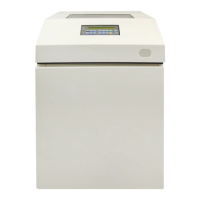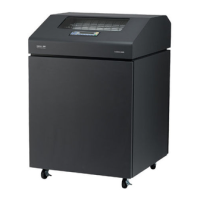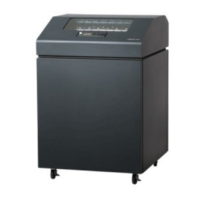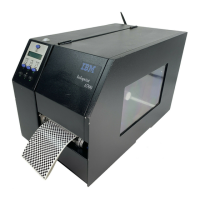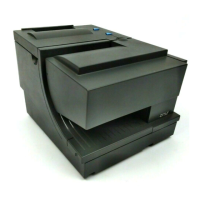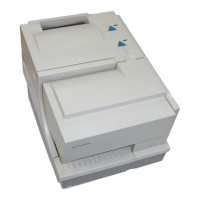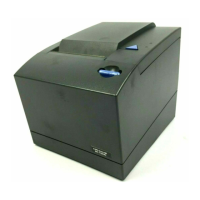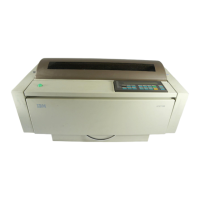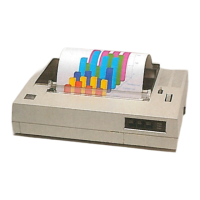3–3
Chapter 3. Configuring the Printer
Active versus Saved Configurations
When you change a parameter value, it is active as long as the printer is on or
until it is changed again. This is true whether you use the operator panel or
send a control code from the host. Parameter values defined by control codes
override the active operator panel parameters when the printer is using any of
the parallel or serial interfaces. For example, if you set the line spacing to 6 lpi
with the operator panel, and application software later changes this to 8 lpi
with a control code, the control code setting overrides the operator panel
setting. When the printer is using either the coax or twinax interface,
parameter values defined by control codes may or may not override panel
parameters, depending on the setting of the OVERRIDE HOST option. See
pages 4–26 and 4–35 for more information. The following parameters retain
their operator panel setting if the Coax interface is enabled with override host
option:
• Characters per inch (cpi)
• Lines per inch (lpi)
• Forms width
• Forms length
Using the operator panel, you can save the parameters as a customized
configuration that is stored in non–volatile random access memory (NVRAM).
A saved configuration is not lost when you power off the printer.
NOTE: Saved configurations are also referred to as “custom sets.”
NOTE: For Coax/Twinax (including IPDS), when switching between coax
or twinax, a soft reset is performed. The soft reset reloads the power
up configuration values except for the emulation and interface
values. All other configuration values are taken from the power on
custom set, not the factory default custom set.
There are no control codes that allow you to save a parameter in NVRAM.
However, you can save a configuration defined partially by control codes and
store it in NVRAM using the operator panel. You can also save configuration
values using PTR_SETUP. See page 4–15.
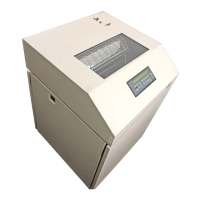
